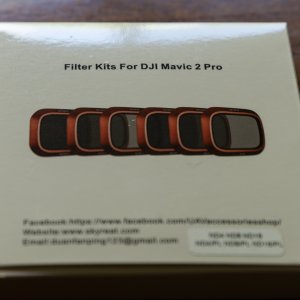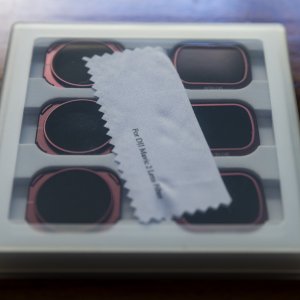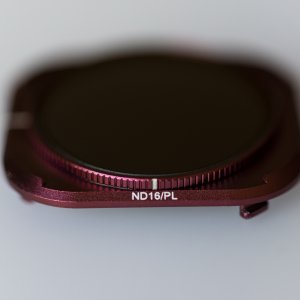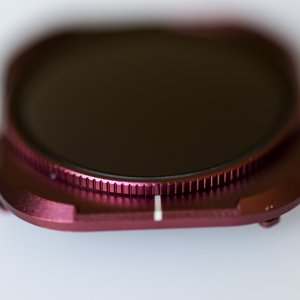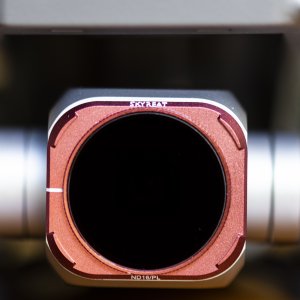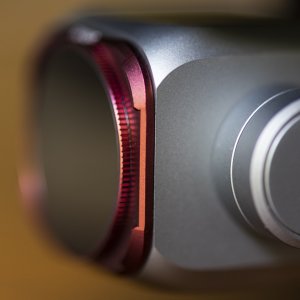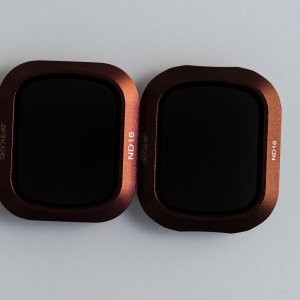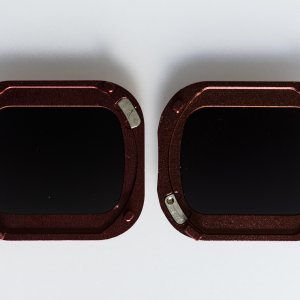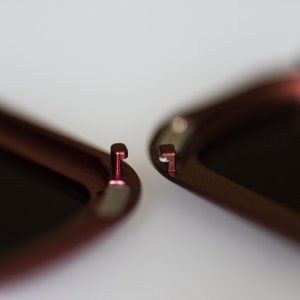Introduction and Theory – Why we need neutral density filters, even with the Mavic 2 Pro
The
Mavic 2 Pro, with its ‘1 inch’ Sony sourced sensor is a marvel to behold, mainly due to the fact that DJI have managed to fit it into such a compact body. At just over 900g, the
Mavic 2 Pro goes head to head with its much bigger and heavier cousin, the
Phantom 4 Pro.
Like the
Phantom 4 Pro, the
Mavic 2 Pro is gifted with a variable aperture of f2.8-f11, allowing for much more creative freedom when controlling shutter speeds for video capture; depth of field much less so, as at the distances the drone is usually flying at, the depth of field will usually cover the entire region of interest.
The aim has always been the same: shutter speed should ideally be 2 x frame rate, to allow for that ‘cinematic feel’ and reduction in choppiness in the video sequence often noticed when shutter rates are much higher than frame speed.
However, it’s becoming more apparent that beyond F5.6 the Mavic2 Pro lens starts to be affected by diffraction, and by f11 this becomes much more prominent, leading to significant loss of resolution. So effectively, we have 2 stops (f2.8 to f4, to f5.6) of ‘neutral density’ filters built into the
M2P. This becomes an issue on much sunnier days, when shutter speeds can climb into the 1/1000+ range. Even with aperture at f5.6, we may be faced with a shutter speed of 1/500 or greater. This is where neutral density filters come into play.
Neutral density filters restrict the amount of light that can enter and contact the sensor. Depending on the quality of the ND filter, resolution loss is minimal, but with the much greater benefit of diffraction losses being negligible vs increasing the aperture.
Thus to get 1/500 down to 1/60 for a 30fps, and with every stop of ND filtration offering half light transmittance, we need 4 stops reduction i.e. 1/500 - > 1/250 - > 1/125 -> ~1/60.
ND filters nomenclature reflects the stops of light reduced i.e. ND 4 – ¼ light, ND8 – 1/8 light etc so in the above example we need a ND16 filter.
To throw the spanner in the works, we can add polarisation to the mix as well. This allows for not only reduction of light entry to the sensor, but in a very simplified explanation, filters light waves so that only those coming from a certain direction are allowed entry to the sensor. This means things such as reflections are significantly reduced. Most pertinent example of this is looking through water; on a sunny day, glare would reduce your ability to see into the depths of water. With a polarising filter, this glare is significantly reduced. The other advantage of the polarising filter is it increases contrast because of the filtration of glare.
Product:
Disclosure: I was sent a free sample of filters by Skyreat. However, I was not paid for this review. All comments and opinions in this review are mine alone, with no undue influence by the manufacturer.
Skyreat produce a multitude of accessories for DJI line of drones, and have just released their series of
Mavic 2 Pro filters. These range from ND4, 8, 16, 32, 64, 1000 and ND4-pl, ND8-pl, ND16-pl
Today we will be reviewing the ND 4, 8, 16, 4pl, 8pl, 16pl and 1000
Manufacturer specifications:
Skyreat for this product is using Japan Asahi Glass (AGC), optical glass that is right up there with Schott, a brand used by the likes of B+W for DSLR filters.
The glass is coated on
both sides with between 18-24 layers applied to each side. This leads to a reflection rate of less than 2.5% in the visible spectrum. In conjunction, there is a waterproofing layer applied to the side of the filter glass facing the environment, increasing the chance of water droplets coalescing and sliding away from the filter when weather is less than average, rather than form a smattering on the glass, and hence reducing diffraction issues as light travels through the droplets. That’s the theory anyway!
Polarisation is via a film, and is linear in nature, rather than circular. We shall see if this throws off the metering system of the
Mavic 2 Pro.
Note: It is a relief to see that both sides of the glass are coated, as this reduces internal reflections between the filter and the glass on the sensor. Internal reflections lead to ghosting, significantly reducing the quality of ones images, and something that cannot be removed in post-production editing.
Packaging: Simple plastic case. Pity that the ND1000 wasn't well positioned in the case, but that could be due to transport. However, if it were, i'd have expected the other 6 to be displaced as well, so I am going to be putting this down to poor quality control in the packaging department.
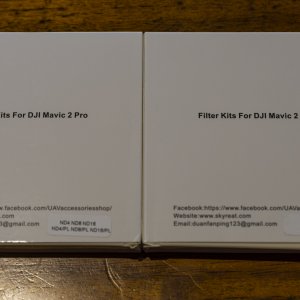
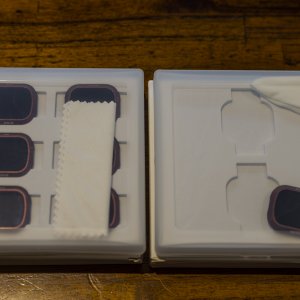
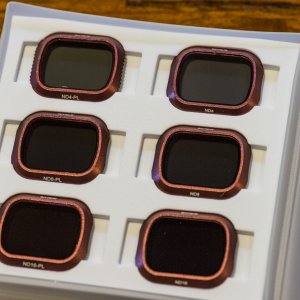 Quality:
Quality:
The filters are made of a high quality aluminium that has been adonised with red. Each filter has the logo on top, and the type of filter on the bottom. Note that for some reason, the ND4-PL filter has the sides of the filter riveted for better handling, yet this is not present on the other filters. The glass has no scratches, and as seen in the photos, on both sides are multi coated. It was fairly difficult to get the green coating to show up on the photos i.e. the coating is doing its job!
Most of the filters have a snug fit onto the camera body like the stock UV filter, however I did find one of the filters slightly loose. It was still stuck in position, but there was some play, which although does not affect image quality, is just something to note. However, for something this cheap, we are already miles ahead of where we should be.
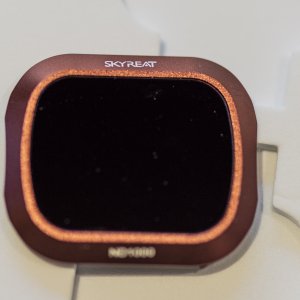
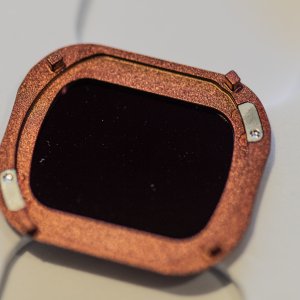
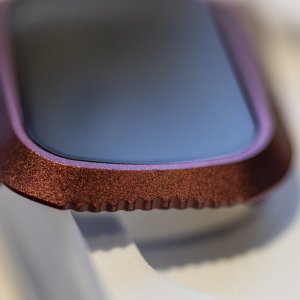
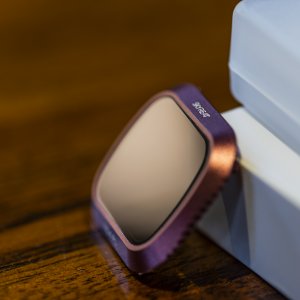
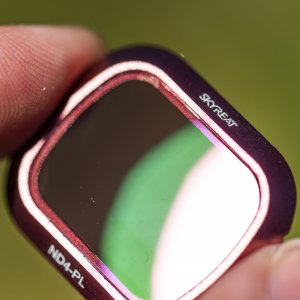
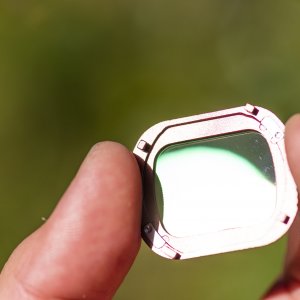
Side by side the the stock UV filter, they seem like an almost perfect match....
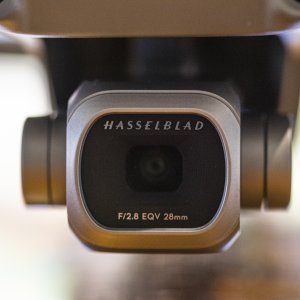
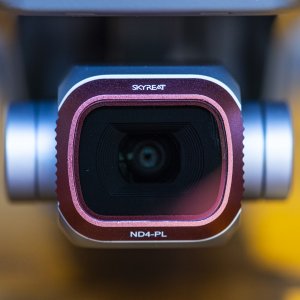
But then notice the side of the ND filter, how it bulges out beyond the camera enclosure
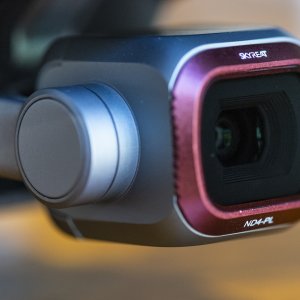
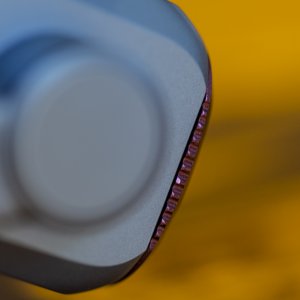
Because of this, it is very difficult to insert the camera/gimbal cover without jiggling the gimbal around, something that can be a little unnerving initially, but it does fit if you are wondering.
Testing
On a sunny day, I decided to shoot a relatively benign background with lots of textures to be able to discern any differences in detail/resolution between the stock UV filter and Skyreat filters.
The camera was put into manual mode, full resolution, with colour temperature set at 5500K and shot in RAW. Images were analysed in Lightroom, with no corrections applied.
In summary:
- The camera is sharp!
- No issues with ND filters re: gimbal calibration
- The filters have a slight green cast to them - all ND filters will have colour cast, but something this subtle will not be of any concern
- Detail preservation is excellent on the Skyreat filters, even the ND1000, with only the slightest of detail degradation on pixel peeping at the monitor for some time. Again, this can be explained by autofocus differences between the images
- ND-PL does not affect auto-focus/exposure done by the
M2P
- The polarising filter set is
very good, compared to the ND filters alone, contrast is enhanced, reflections decreased while preserving excellent detail
-- However, I would also rather a CPL filter with no ND components for us photographers who value higher shutter speeds
- Note: The focus was a little off on the ND1000 filter, hence the slight detail artifacts. However, compared to the other NDs, the colour cast was the same
Links to original files in JPEG for ease
Dropbox - Skyreat - Simplify your life
Cons:
- I would have really appreciated an ND-PL where the lens was rotatable. On testing, further polarisation could be obtained if it had been rotated.
- One filter that was slightly lax on the camera - however, did not affect the operation of the camera/image quality
- Quality control for the ND1000 box - but this is being nitpicky now
- Gimbal cover difficult to place onto camera and gimbal assembly with filter attached - But i have been advised Skyreat have a fix in the process, and will replace with the revised filter if the customer asks.
Conclusion
This is a great filter set, and for the price, is undeniable value for money. Quality is excellent, using high end components to make what is a very compelling buy for videographers and photographers who need the polarising filter
If they could also release a CPL filter with no ND component, this would be something of great value!



















